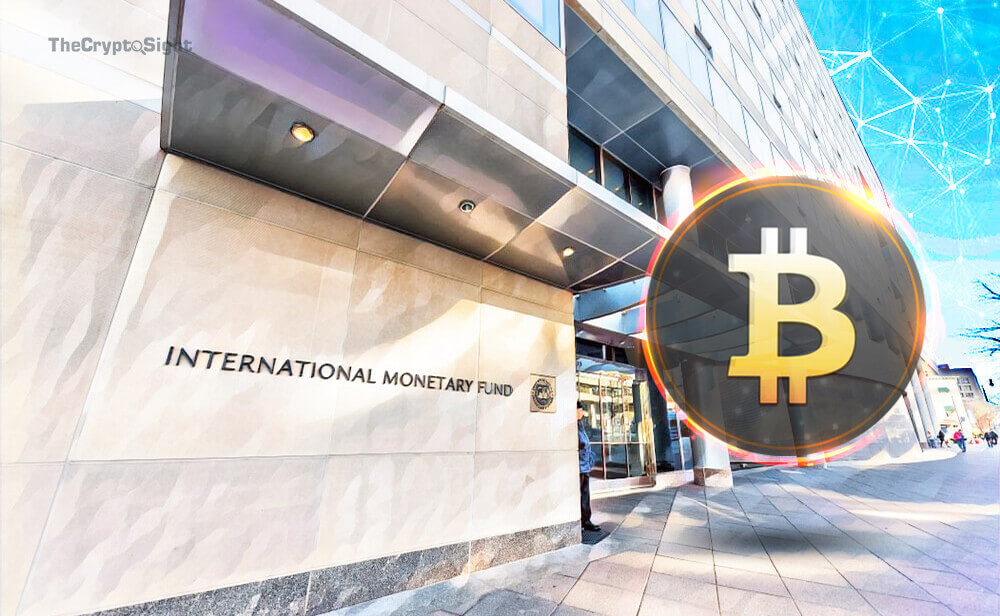
Many countries around the world still suffer from near-zero interest rates since the last global financial crisis about a decade ago. With nothing much left of interest rates to cut as a means of tackling the next financial crisis in future, what can be done? The International Monetary Fund (IMF) proposes a solution: divide cash and electronic money (e-money).
Negative interest rates?
Tough actions are needed in times of recession. Historically, this has usually meant shaving around 3 to 6 percentage points in interest base rates. With current already rates hovering around zero, there is not much leeway to move unless central banks want to risk negative interest rates. In that scenario, people are likely to make a run on the banks, withdrawing all their money to stuff cash under their mattresses instead.
In a recent blog post (Feb 5), the IMF considers that negative interest rates may not necessarily be a bad thing – if applied in a cashless society. In a cashless scenario, there is no need for a lower limit for interest rates. Chopping interest rates down into negative territory will then be quite possible in a financial crisis. In turn, this will make consumption and investment more appealing instead to people and, most importantly, stimulate the economy as opposed to paying banks the negative interest rate to keep their money.
Why not just get rid of cash?
The problem with negative interest rates as a policy solution is that cash will need to be gotten rid of. But this is easier said than done. The IMF noted that several countries are still heavily cash dependent where cash still plays a “significant role” in payments, like in Japan, Switzerland, the EU, and the US.
Moreover, a completely cashless society is not necessarily ideal for consumers too. The Crypto Sight reported recently on a new blog post by crypto researchers Hasu and Zu Shu, who argue that cashlessness will lead to loss of financial privacy, increased government surveillance, financial control, and authoritarianism.
How to separate cash from e-money
If eradicating cash is not quite feasible, the IMF proposes a solution that meets halfway: allow central banks to divide their monetary base into two separate local currencies – cash and e-money.
Explaining how this might work, the IMF wrote: “E-money would be issued only electronically and would pay the policy rate of interest, and cash would have an exchange rate—the conversion rate—against e-money. This conversion rate is key to the proposal. When setting a negative interest rate on e-money, the central bank would let the conversion rate of cash in terms of e-money depreciate at the same rate as the negative interest rate on e-money.”
According to the IMF, this introduction is to maintain the inflation target at all costs as read in an excerpt “While a dual currency system challenges our preconceptions about money, countries could implement the idea with relatively small changes to central bank operating frameworks. In comparison to alternative proposals, it would have the advantage of completely freeing monetary policy from the zero lower bound. Its introduction would reconfirm the central bank’s commitment to the inflation target, rather than raise doubts about it.”
Such a dual local currency system will afford central banks to offer negative interest rates to counter a recession, and without triggering large-scale substitutions into cash, the IMF argues.

Comments